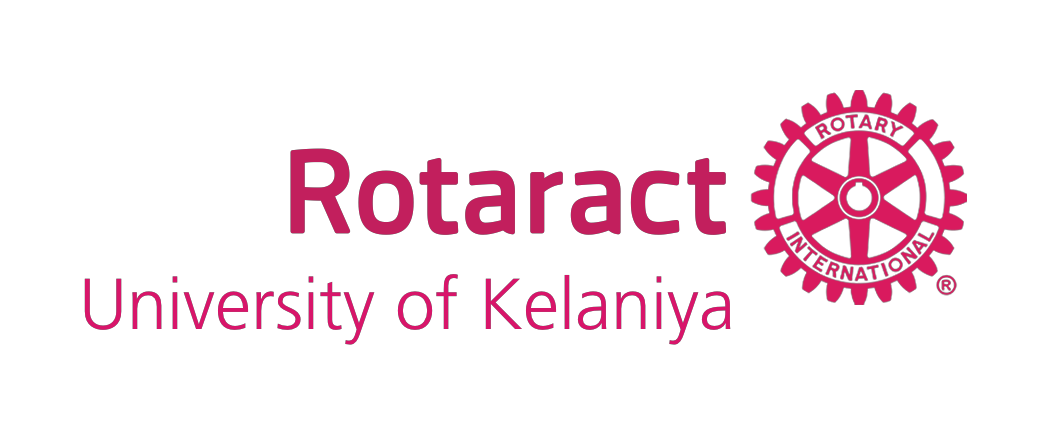The World Intellectual Property Day is celebrated annually on the 26th of April. Events organized to mark the day seek to inform about the role of intellectual property rights in encouraging innovation and creativity.
The World Intellectual Property Day 2023 will focus on the theme, “Women and IP: Accelerating Innovation and Creativity,” celebrating the “can do” attitude of women inventors, creators, and entrepreneurs around the world and their ground-breaking work.
Intellectual property could be defined as the legal rights which result from intellectual activity in the industrial, scientific, literary, and artistic fields.
Countries have laws to protect intellectual property for two main reasons.
- To give statutory expression to the moral and economic rights of creators in their creations and the rights of the public in access to those creations.
- To promote as a deliberate act of government policy, creativity and the dissemination and application of its results and to encourage fair trading which would contribute to economic and social development.
Intellectual property is traditionally divided into two branches.
- Industrial property
- Industrial property typically consists of signs transmitting information to customers, in particular as regards products and services offered on the market and the protection is directed against unauthorized use of such signs which is likely to mislead consumers and misleading practices in general.
E.g. Inventions in all fields of human endeavor, Scientific discoveries, Industrial designs, Trademarks, Service marks and Commercial names and Designations, Protection against unfair competition, etc.
- Copyright
E.g. Literary, artistic and scientific works, Performances of performing artists, phonograms and broadcasts etc.
Fields of intellectual property protection
- Patent
This is a document issued upon application by a government office for a regional office acting for several countries, which describes an invention and creates a legal situation in which a patented invention can normally only be exploited (manufactured, used, sold, imported) with the authorization of the owner of the patent. The protection conferred by the patent is limited in time (generally 20 years).
- Novelty
This is a fundamental requirement in any examination as to substance and is an undisputed condition of patentability. It must be emphasized, however, that novelty is not something which can be proved or established; only its absence can be proved.
- Trademarks
This is any sign that individualizes the goods of a given enterprise and distinguishes them from the goods of its competitors.
- Service Marks
The signs enable the consumers to distinguish between the different services such as insurance companies, car rental firms, airlines etc. These signs fulfill essentially the same origin – indicating and distinguishing function for services as trademarks do for goods.
- Collective Marks
A collective mark may be owned by an association which itself does not use the collective mark but whose members may use the collective mark if they comply with the requirements fixed in the regulations concerning the use of the collective mark. An enterprise entitled to use the collective mark may in addition also use its own trademark.
- Certification Marks
This may only be used in accordance with the defined standards. The main difference between collective marks and certification marks is that the former may be used only by particular enterprises.
E.g. members of the association which owns the collective mark, while the latter may be used by anybody who complies with the defined standards.
“The most important thing about intellectual property vs. creative expression is that copyright law was created not to stifle creativity but to encourage creativity.”
-Shepard Fairey–
Keep embracing creativity!
Happy Intellectual Property Day!




